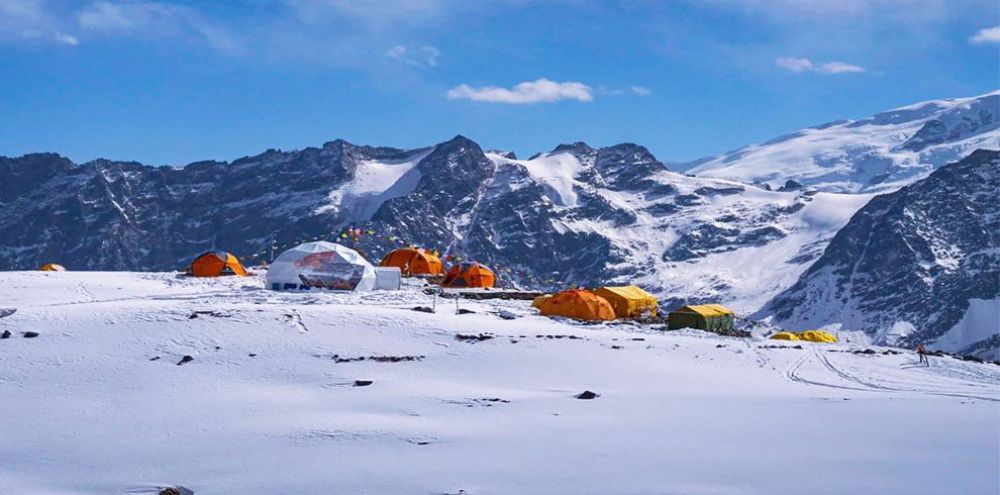

Nestled in the heart of the Annapurna Range in Nepal, Himchuli Peak is a popular destination among trekkers and climbers. Standing at a majestic height of 6,441 meters (21,132 feet) above sea level, it is one of the lesser-known peaks, offering adventurers a tranquil and pristine climbing experience. Pokhara, the gateway to Himchuli Peak, is an enchanting city beside the serene Phewa Lake shadowed by towering mountain ranges.
The history of tourism in Pokhara and around Himchuli Peak is intertwined with the opening of the Annapurna region to foreign adventurers. In the 1950s, Nepal started granting permission to foreign expeditions to climb the Himalayas. Mountaineering and trekking became more accessible, and with the successful ascent of Annapurna I by a French expedition in 1950, the area's potential for tourism started gaining recognition internationally.
With the establishment of the Annapurna Conservation Area Project (ACAP) in 1986, sustainable tourism practices began to take root. This initiative not only aimed to protect the environment but also sought to promote eco-friendly tourism that benefitted the local communities. As a result, Pokhara emerged as a significant tourist hub catering to climbers and trekkers heading towards the Annapurna range, including Himchuli Peak.
In recent years, ecotourism and sustainable travel have become ever more significant. Tourists are seeking immersive experiences, aiming to minimize their carbon footprint and engage with local cultures respectfully. Pokhara, as the stepping stone to Himchuli Peak, has seen an increase in infrastructure development that aligns with these values, including eco-friendly lodges and community-based tourism initiatives.
Adventure tourism is also on the rise, with visitors to Himchuli Peak looking for off-the-beaten-path treks, paragliding, zip-lining, and mountaineering. The peak itself offers a challenging climb suited for those with previous mountaineering experience, and as such, has seen a gradual increase in climbers seeking less crowded alternatives to more popular mountains.
Furthermore, the role of digital platforms and social media in promoting remote destinations has been incredible. With the power of user-generated content, places like Himchuli Peak gain exposure to global audiences, inspiring a new generation of travelers to explore its rugged beauty. Operators in Pokhara have been harnessing these tools to reach potential tourists, providing real-time updates, virtual tours, and online booking services to facilitate travel planning.
It's important to note that tourism trends are evolving, especially as the world recovers from global events such as the COVID-19 pandemic. Health and safety protocols have been elevated to ensure the well-being of tourists and locals alike. This new standard has been swiftly adopted by tourism stakeholders in Pokhara and the wider Annapurna region to ensure that the natural allure of places such as Himchuli Peak remains accessible and safe for all visitors.